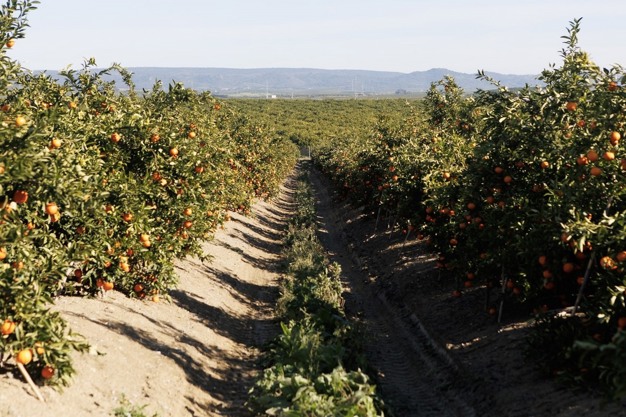The Leanri is still a young mandarin variety, as the first plantings were carried out in 2017 and the plantations didn't truly start expanding until the 2020-2021 campaign. "The first (small) volumes were marketed in the 2021-22 campaign, and this season is expected to be the first one with truly significant volumes," says Charo Marín, from ANB-GCM Material Vegetal, the entity that owns this variety.
Around 11 million kilos were marketed last season, and according to initial estimates, that volume will double to 20-21 million kilos this campaign.

Around 3,000 hectares of the Leanri mandarin variety are currently already planted in Spain. "There is only a limited amount of licences still available and the hope is that they will be granted in the next two years. It is normal for a new variety to generate uncertainty, but this is now disappearing thanks to the good sales results achieved so far," says Charo Marín.
"By definition, the production of any protected variety is limited and this is also the case with the Leanri," she says. "The limit is currently 4,000 hectares and that would only be revised if the fruit's market demand so required it."
Of the 3,000 hectares, approximately 43% are in Andalusia, 53% in the Valencian Community and the rest in Murcia and Catalonia, with a harvesting schedule that in the earliest areas starts in the last week of December and in the later areas ends at the end of March. "This is another of the variety's characteristics, its long harvesting period, which facilitates its marketing," says Marín.

However, according to the variety's owners, this variety's greatest selling point "is how pleasant it is to eat, as well as its crunchy texture, evem though, at first glance, what makes it attractive is its size and color. In an increasingly competitive market for second season mandarins, the Leanri stands out for how much it has to offer to growers, marketers and, above all, to consumers in terms of flavor, texture and appearance. In the end, marketing may persuade you to buy a fruit for the first time, but you will rarely buy it again if you are not satisfied. Those who try the Leanri will come back for more," says Charo Marín.
This year, they are launching a new campaign under the slogan "Leanri, how great you are." "It is great in every sense: size, flavor, shelf life and profitability. Moreover, this year we will continue strengthening our community through new communication initiatives," she says.
